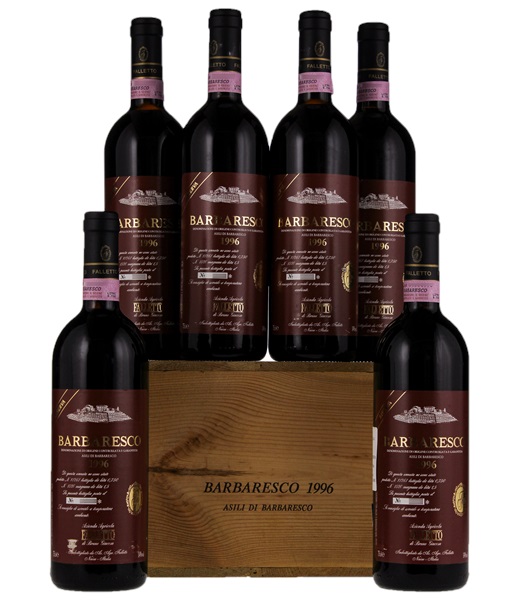
Image above is an example. To view the image of the lot, click the item number.
Estimate
...aromas of black raspberries, cherries, cigar box, licorice, and leather. The wine impresses with its nuances as well as its extraordinarily rich, dense mid-palate, and a finish that lasts nearly a minute.
Lots of raspberry, mushroom and black cherry, with a hint of vanilla. Full-bodied, with fine tannins and a long, fruity finish.
Smoke and animal notes add complexity. Finishes with huge, sweet, molar-coating tannins and explosive length.